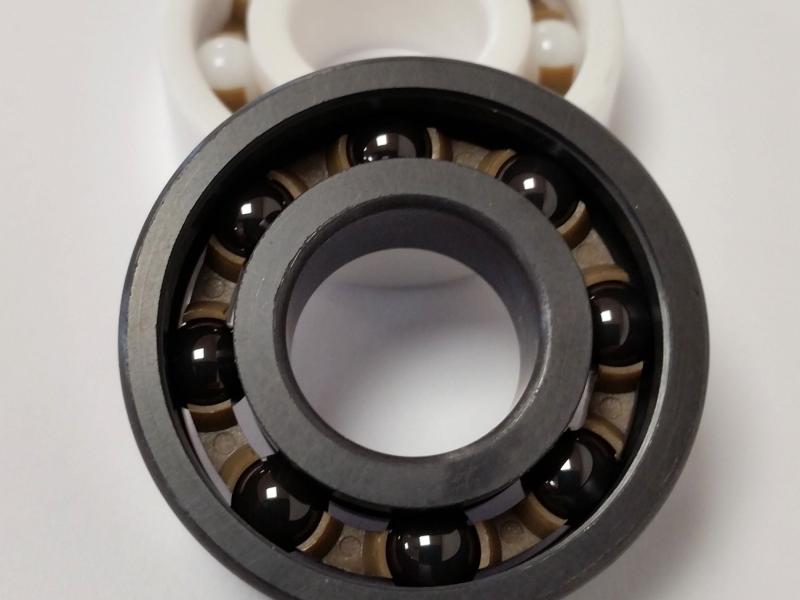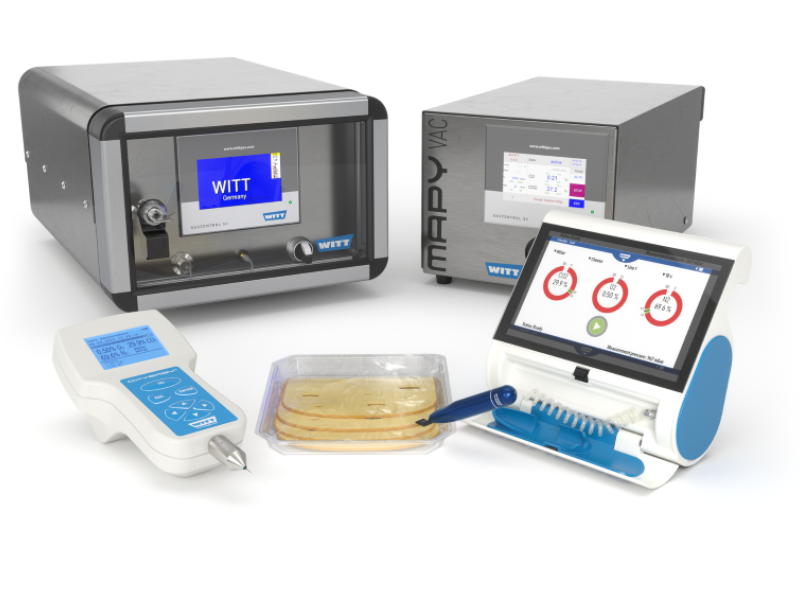Learning from nature, researchers at Swinburne University of Technology have revealed the bacterial killing potential of black silicon, leading the way for the development of a new generation of nanostructured antibacterial materials.
Black silicon is silicon that has been etched to create long narrow nanoprotrusions on its surface. Surfaces with similar features are common in the natural world.
Earlier this year researchers, led by microbiologist professor Elena Ivanova and dean of the Faculty of Life and Social Sciences, professor Russell Crawford, discovered that the wing of the cicada Psaltoda claripennis can shred certain types of rod-shaped bacteria through a process that arises from its physical structure.
“Based on this discovery, we investigated other insects that may possess similar surface architectures that might kill more bacteria, in particular the deadly strains of the Staphylococcus aureus or golden staph bacterium,” professor Ivanova said.
Their search led them to the wings of the Diplacodes bipunctata or Wandering Percher dragonfly, whose spike-like nanostructure kills both rod-shaped and spherical bacteria.
Working with Swinburne professor of Nanophotonics Saulius Juodkazis, the team set out to mimic the surface structure of the dragonfly wing on the silicon surface.
In research published in Nature Communications, the researchers compare the two surfaces and their bacteria-killing capacity.
They demonstrate that both create a spike-like structure through the formation of clusters of multiple neighbouring nanoprotrusions.
“This structure generates a mechanical bacteria killing effect that is unrelated to the chemical composition of the surface,” professor Crawford said.
“Both surfaces were found to be highly effective against a range of bacteria, as well as endospores. They exhibited estimated average bacteria killing rates of up to 450,000 cells per minute of exposure, for every square centimetre of available surface.
“This represents an exciting prospect for the development of a new generation of antibacterial nanomaterials,” he said.
The team included researchers from Swinburne's Faculty of Life and Social Sciences and Faculty of Engineering and Industrial Sciences; Melbourne Centre for Nanofabrication; School of Chemistry, University of Melbourne; Departament d'Enginyeria Quimica, Universitat Rovira i Virgili, Spain; School of Marine and Tropical Biology, James Cook University.





